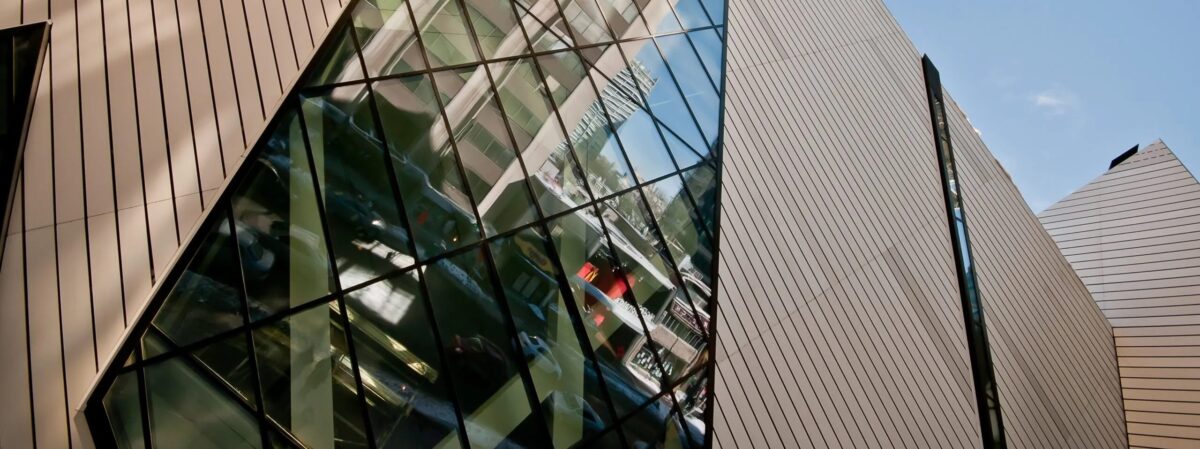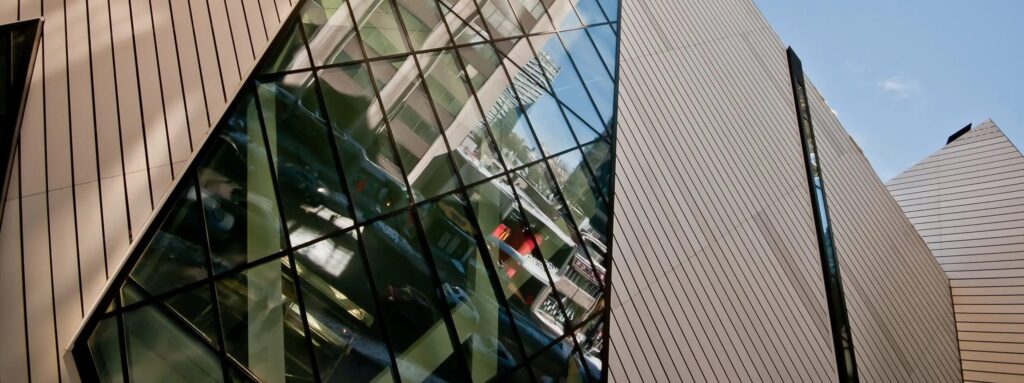Aluminum Composite Panels for Commercial Facade Cladding
Benefits and Applications
In the world of modern architecture, the exterior of a commercial building is more than just a protective shell—it’s a statement of brand, innovation, and sustainability. Aluminum Composite Panels (ACPs) have rapidly become the material of choice for commercial facade cladding, offering a unique blend of aesthetics, durability, and performance. Whether you’re an architect, builder, or business owner, understanding the advantages and applications of ACPs can help you make informed decisions for your next project.
What Are Aluminum Composite Panels?
Aluminum Composite Panels are engineered “sandwich” panels consisting of two thin layers of aluminum bonded to a non-aluminum core, typically made of polyethylene or a mineral-based material. This construction results in a lightweight yet strong panel that can be fabricated in a wide range of colors, finishes, and textures. The versatility of ACPs makes them ideal for both new builds and renovation projects, especially when it comes to commercial facades.
Key Benefits of ACPs in Commercial Facade Cladding
- Exceptional Durability and Weather Resistance
ACPs are designed to withstand the harshest environmental conditions. Their aluminum surfaces are coated—often with PVDF (polyvinylidene fluoride) resin—for superior resistance to UV rays, corrosion, and pollutants. This means ACP-clad facades retain their color, gloss, and structural integrity for years, even in urban or coastal environments where weathering is a major concern. The panels are also impact-resistant, making them suitable for high-traffic commercial zones.
- Lightweight and Easy to Install
One of the standout features of ACPs is their low weight compared to traditional cladding materials like stone, concrete, or solid metal. This makes them easier to transport, handle, and install, reducing labor costs and construction time. The lightweight nature also puts less stress on the building’s structural framework, which is especially beneficial for retrofitting older buildings or adding new design elements without major structural modifications.
- Aesthetic Versatility and Customization
ACPs are available in an extensive palette of colors, finishes, and textures—from sleek metallics and vibrant hues to wood grain and stone effects. This design flexibility allows architects to realize bold, contemporary facades or blend seamlessly with traditional surroundings. Panels can be cut, bent, perforated, or even curved, enabling the creation of unique shapes, patterns, and three-dimensional effects. Custom color matching and branding are also possible, making ACPs a favorite for corporate identity and signage.
- Thermal and Acoustic Insulation
When used in ventilated facade systems, ACPs act as an external barrier that significantly improves a building’s thermal and acoustic insulation. The air gap between the cladding and the building envelope helps reduce heat transfer, lowering energy consumption by up to 30% in some cases. This not only enhances occupant comfort but also contributes to lower heating and cooling costs—a win for both the environment and the bottom line.
- Fire Safety
Modern ACPs can be manufactured with fire-retardant mineral cores, meeting stringent fire safety standards required for commercial buildings. These fire-resistant panels help prevent the spread of flames and reduce the emission of toxic smoke, providing an added layer of safety for occupants and property.
- Low Maintenance and Longevity
The smooth, non-porous surface of ACPs resists dust, dirt, and microbial growth, making them easy to clean and maintain. Occasional washing with mild soap and water is usually sufficient to keep facades looking new. Their resistance to fading, chipping, and corrosion means fewer repairs and replacements over the building’s lifespan, resulting in long-term cost savings.
- Sustainability and Environmental Responsibility
ACPs are often made with recycled materials and are themselves recyclable at the end of their life cycle. Their energy-efficient production and ability to improve a building’s thermal performance contribute to green building certifications such as LEED or BREEAM. Some manufacturers even offer take-back programs for recycling construction remnants, supporting a circular economy.
Applications of ACPs in Commercial Building Exteriors
- Ventilated Facades
ACPs are a top choice for ventilated facade systems, where they serve as the outermost layer. This system not only enhances the building’s appearance but also improves insulation and moisture management, protecting the underlying structure from weather damage.
- Corporate Identity and Signage
The uniform, customizable surface of ACPs makes them ideal for large-format exterior signs, branding, and corporate logos. Their weather resistance ensures that graphics and colors remain vivid and legible for years, even in outdoor conditions.
- Architectural Cladding and Building Envelopes
ACPs provide a protective and decorative layer for commercial buildings, improving both aesthetics and performance. They are used for full building envelopes, accent walls, and feature elements, offering a modern, polished look that can be tailored to any architectural style.
- Canopies, Awnings, and Entrance Systems
The flexibility and durability of ACPs make them perfect for canopies, awnings, and entrance features. These elements not only enhance curb appeal but also provide shelter and shade, withstanding weather exposure without losing their visual impact.
- Renovations and Retrofits
For older commercial buildings, ACPs offer a cost-effective way to upgrade facades without major structural changes. Their lightweight nature allows for installation over existing surfaces, instantly modernizing the appearance and improving energy efficiency.
- Restoration and Rehabilitation Projects
ACPs are invaluable in restoring and rehabilitating aging structures. They can be used to replace damaged cladding, restore facades, or introduce contemporary design elements while minimizing stress on existing frameworks.
Design Inspiration: ACPs in Action
Some of the world’s most iconic commercial buildings showcase the transformative power of ACPs. The Commerzbank in Frankfurt, for example, uses anodized aluminum rain screen panel cladding to create a facade that is both durable and visually striking. The building’s design maximizes natural daylight and energy efficiency, demonstrating how ACPs can be integral to sustainable, people-centric architecture.
Modern commercial facades often feature sleek minimalism—clean lines, monochromatic palettes, and uninterrupted surfaces made possible by ACPs. Others embrace bold color combinations or intricate patterns, leveraging the material’s design flexibility to create local landmarks and memorable brand statements.
Best Practices for ACP Facade Cladding
- Consider Local Climate: Choose ACPs with superior weather resistance for your region’s conditions, ensuring long-term performance and appearance.
- Prioritize Fire Safety: Opt for fire-retardant core panels, especially in high-rise or densely populated areas.
- Incorporate Insulation: Pair ACP cladding with insulation materials to maximize energy efficiency and occupant comfort.
- Professional Installation: Ensure panels are installed by experienced professionals to prevent issues like water leakage or panel warping.
- Regular Maintenance: While ACPs are low-maintenance, periodic cleaning and inspection will keep your facade looking its best.
The Takeaway: Why ACPs Are the Smart Choice for Commercial Facades
Aluminum Composite Panels have revolutionized commercial facade cladding by offering a rare combination of beauty, strength, and sustainability. Their lightweight construction, design versatility, and long-term durability make them a preferred choice for architects and builders aiming to create visually stunning, high-performance exteriors. Whether you’re designing a new commercial landmark or revitalizing an existing property, ACPs provide the flexibility and reliability needed to bring your vision to life—while delivering real value over the building’s lifetime.
Ready to explore the possibilities of ACPs for your next project? Discover more about Aluminum Composite Panels at Canada Plastics & Belting Inc. and see how this innovative material can elevate your commercial building’s facade.


